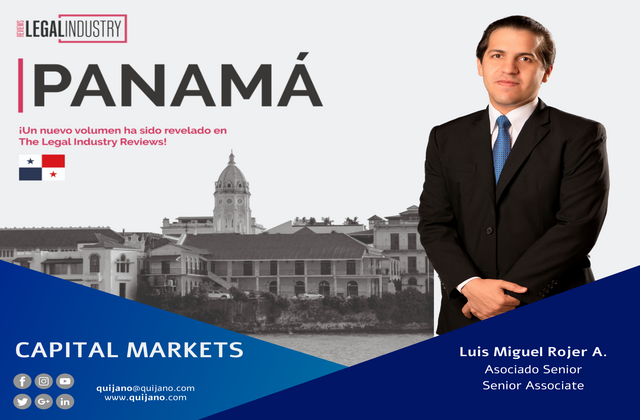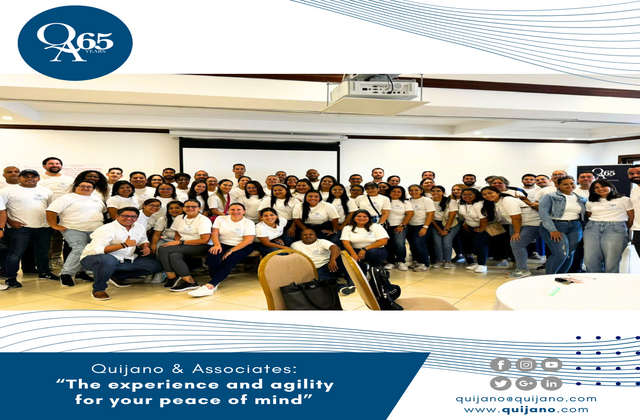Cost of Labor in Panama

When deciding to start a business in Panama and hire personnel, you should not only take into account the decree that establishes the minimum wage throughout the national territory, but all the other associated costs that must be assumed by the employer, being these:
- Vacations. In accordance with the provisions of Article 52 of the Labor Code, every worker has the right to an annual vacation equal to thirty (30) days for every eleven days of service with his employer, in addition to the payment of one (1) month’s salary when the remuneration has been agreed upon per month and four weeks and one third when it has been agreed upon per week.
- Thirteenth Month Bonus. The Thirteenth Month Bonus is nothing more than the special bonus equivalent to one month’s salary to which all workers are entitled and which shall be paid in three proportional items on April 15, August 15, and December 15 of each year.
The sums paid for the Thirteenth Month Bonus are deductible for tax purposes as expenses in the production of income and will not be subject to the payment of professional risks and any other tax, discount, or charge, with the exception of the payment of Social Security labor-management quotas and income tax.
- Labor-Management Contribution. In accordance with the provisions of Law 51 of 2005, which amends the Organic Law of the Social Security Fund, the employer is obliged to pay the corresponding quota to the Social Security Fund, pursuant to the provisions of the Law, on the salaries paid to its employees.
Currently, the employer’s contribution to the Social Security Fund is equivalent to twelve point twenty-five percent (12.25%) of the salaries paid to its employees. On the other hand, the employer is also obliged to make a special contribution on the basis of each of the items of the Thirteenth Month, equivalent to ten point seventy-five percent (10.75%) of the amount paid in this concept to the workers.
- Educational Insurance: The Educational Insurance is nothing more than the monthly contribution to be made by the employer to the public sector education, currently this contribution is equal to one point fifty percent (1.50%) of the basic salary paid to the workers, based on the provisions of Cabinet Decree No. 168 of July 27, 1971.
- Occupational Risk Premium. The Occupational Risk Premium is nothing more than the monthly fee to be paid by the employer to the Social Security Fund, in proportion to the salaries paid and the risks inherent to the activity carried out by the company. The Social Security Fund, depending on the activity carried out, will classify the companies in low, medium, high, or maximum risk in order to fix the monthly premium to be paid for professional risk, which will range from zero-point forty two percent (0.42%) to seven percent (7%) of the salaries paid. [Agreement No. 2 of May 29, 1995].
- Severance Fund: Article 229-A of the Labor Code states that employers must establish a severance fund to ensure the payment of the seniority premium and indemnification for unjustified dismissal or justified resignation to the worker hired on an indefinite basis.
In this order of ideas, we have that the employer is obliged to contribute on a quarterly basis the part of the employee’s seniority premium and five percent (5%) of the monthly part of the indemnity to which the employee may be entitled in case of unjustified dismissal or justified resignation. This fund must be deposited in private entities for the administration of complementary retirement and pension funds.
Finally, at the moment of carrying out the feasibility study to start a business in Panama, all the associated costs mentioned above must be taken into account and in this way be certain that all legal obligations can be met, since the non-compliance with these obligations may cause the imposition of fines by both the Ministry of Labor and the Social Security Fund.




